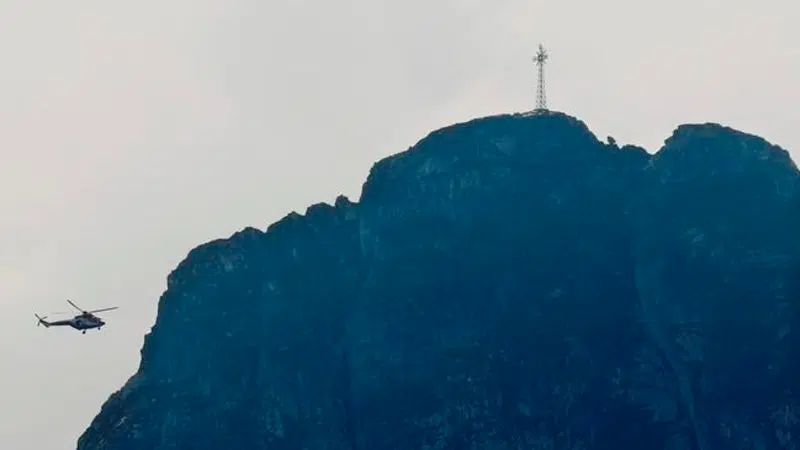
Polish official: Deadly lightning storm like terror attack
WARSAW, Poland — A Polish emergency official on Friday likened the deadly lightning storm over the Tatra Mountains that killed at least five people and injured more than 150 to a terror attack in terms of the number of casualties and some of the wounds.
Survivors described horrific scenes in which climbers were blown off slopes, suffered severe trauma injuries after being hit by rocks or couldn’t move in the initial aftermath of the storm. Two people remain missing after multiple lightning strikes hit the Giewont peak and other places in the Tatras on Thursday afternoon, authorities said.
The thunderstorm, which witnesses said came suddenly on a day that began with clear weather, produced an unimaginable emergency in the popular trekking region, said Jan Krzysztof, head of the TOPR Tatra emergency service.
“This is a situation that can be compared to a terrorist attack,” Krzysztof said. “A large group of random people has been hit. Many people, including children. Burnt, with broken legs, wounds all over their bodies.”
